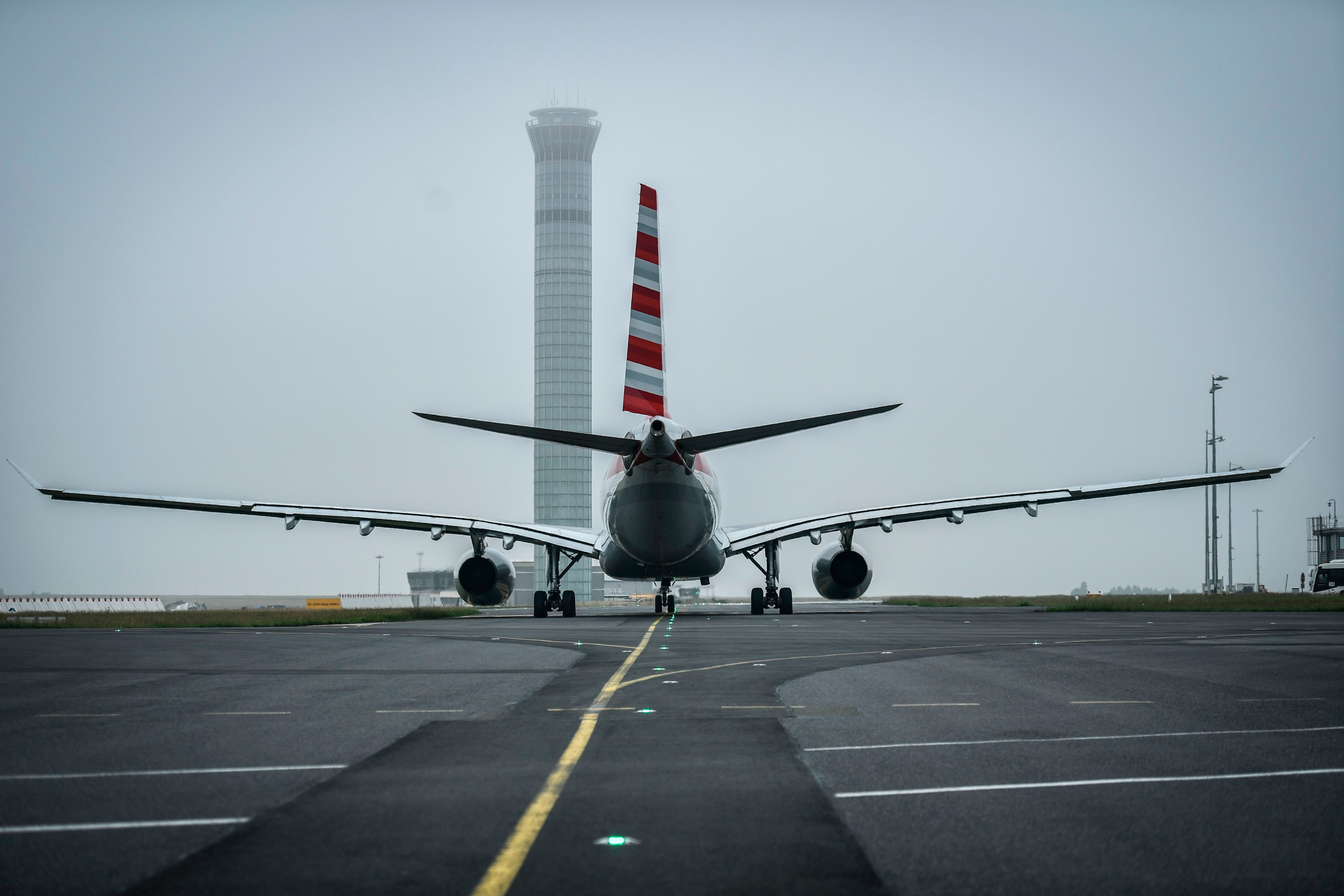While aviation as a whole tries to come to terms with how to best decarbonize its operations, some measures are available right now to immediately reduce greenhouse gas emissions from flights. According to recent data from Eurocontrol, so-called continuous descent is proving to significantly lower CO2 emissions and noise levels at and around airports.
Operational efficiency and Air Traffic Management (ATM) optimization is generally considered some of the lower-hanging fruit in the quest to cut aviation's climate impact. However, where safety is paramount in such a complex system, set frameworks and standard operating procedures are difficult to shift, and different airports face different sets of conditions and challenges.
Meanwhile, the continuous descent approach (CDA), as opposed to the Step-down Descent Approach (SDA), is becoming more frequent at some airports across Europe. According to the data collected by Eurocontrol, or the European Organisation for the Safety of Air Navigation, as it is officially known, the airports where the most flights achieved CDA all the way down from the cruising altitude also produce the least additional CO2 during landing.
Higher CDA, lower CO2
Out of the top 25 European airports by traffic (Turkish airports are not included due to a lack of data accessibility), Oslo Gardermoen Airport comes out on top, with nearly 60% of flights achieving CDA. From January to August 2022, OSL saw, on average, 22kg of additional CO2 per landing. Stockholm (ARN), Copenhagen (CPH), and Lisbon (LIS) also have a higher percentage of CDA, around 50%, and additional CO2 per landing of around 35kg.
This can be compared to Paris Charles de Gaulle, where only 2.4% of flights achieve CDA. Each landing during the same time frame produced, on average, 269kg of CO2. CDG and its neighboring Paris Orly (with 3.3% of flights achieving CDA) are also airports that have reduced their additional CO2 by landing the least from the same six months in 2019. In fact, at ORY, it has actually increased from 178kg to 181kg. Brussels Airport (BRU) is also doing poorly, with a 3kg increase from 124kg to 127kg.
Impressive reductions in the UK
Best in class when it comes to reducing additional CO2 from landings are London's Heathrow (LHR) and Gatwick (LGW) - from 417kg to 232kg and from 256kg to 157kg, respectively. LHR sees 12.2% of flights perform CDA from cruising altitude, and LGW 13.7%. Meanwhile, at Manchester Airport (MAN), 44.1% of flights land with CDA, and the additional CO2 per landing is only 59kg (down from 79kg three years prior).
With CDA, the aircraft descends along a smooth and continuous glidepath. This means it stays higher above the ground for longer compared to conventional stepped approaches, producing less noise - and fewer emissions. Of course, there are reasons why it is trickier to implement CDA at airports like CDG compared to OSL and MAN. However, the correlation between the number of flights achieving continuous descent from cruising altitude to lower amounts of CO2, while not entirely surprising, shows how important it is to look toward implementable operational efficiency measures.
Stay up to date with more of the latest aviation news!



